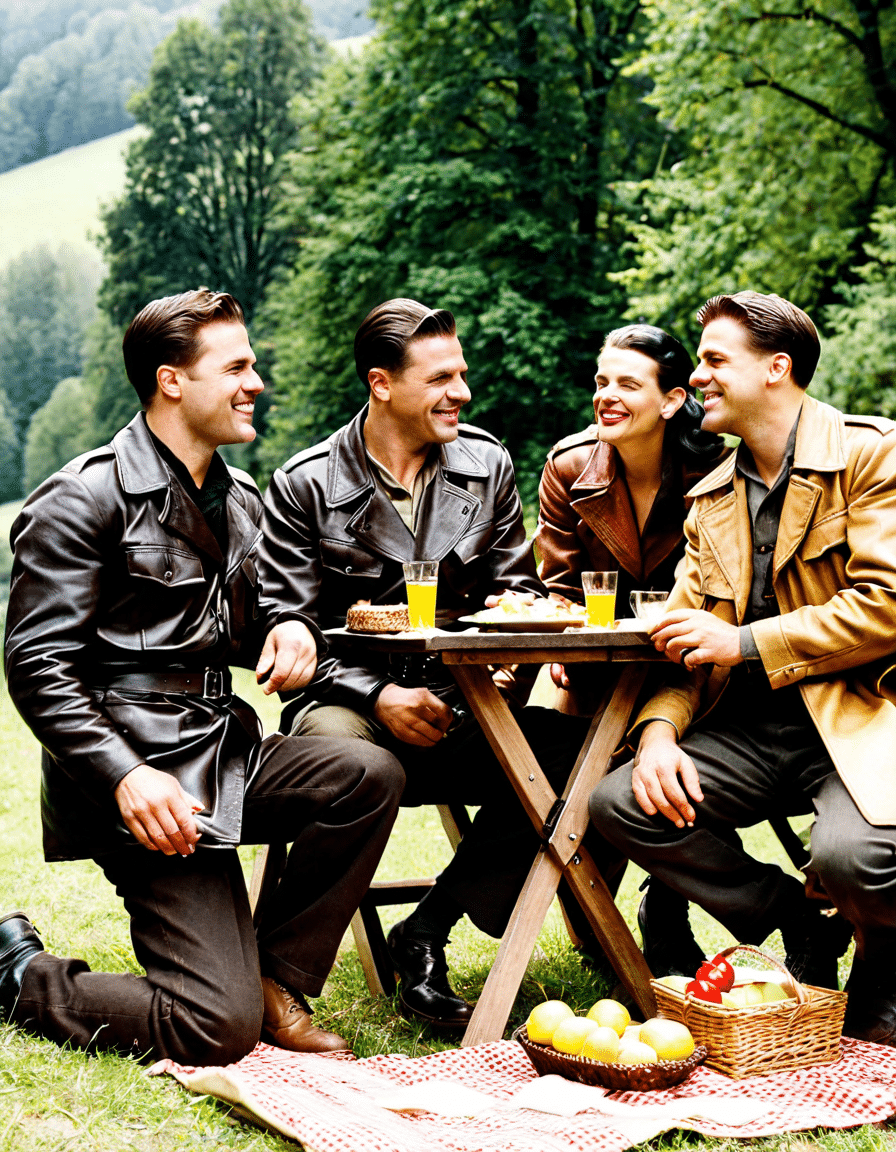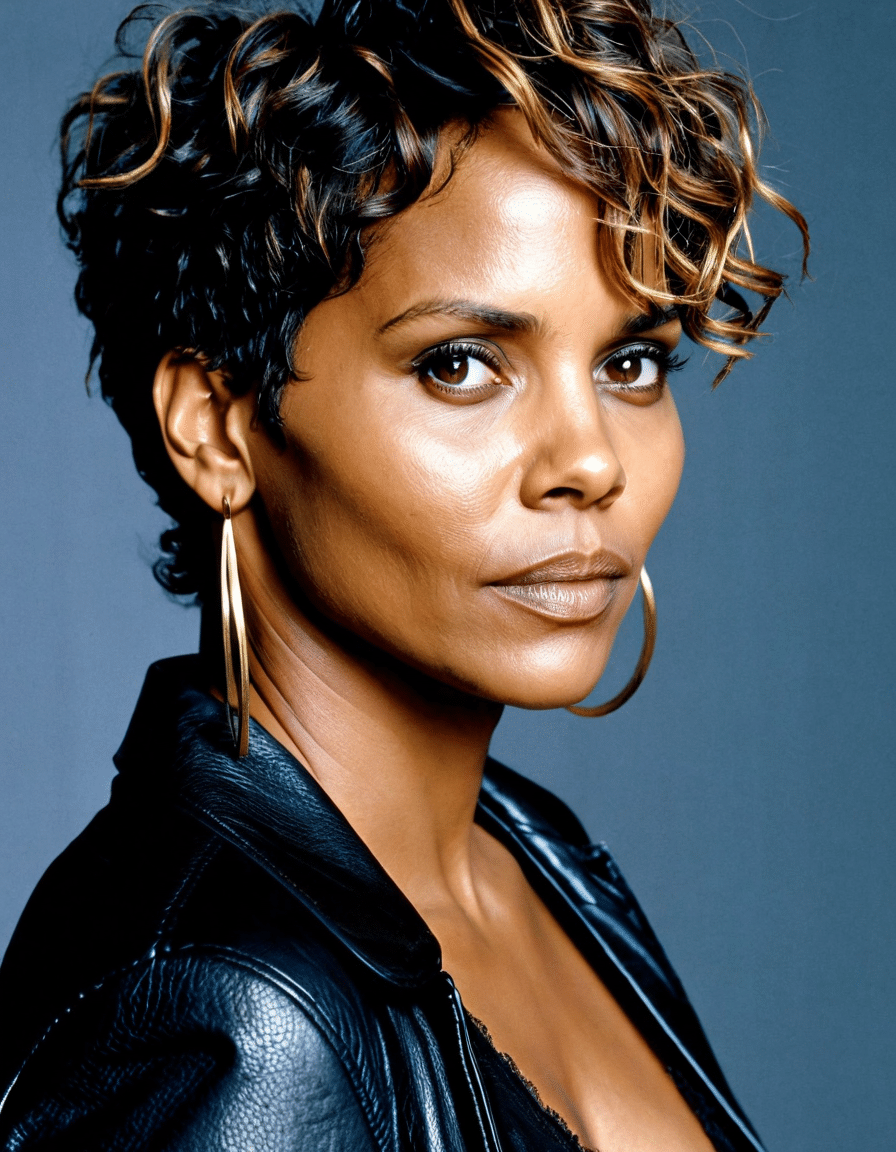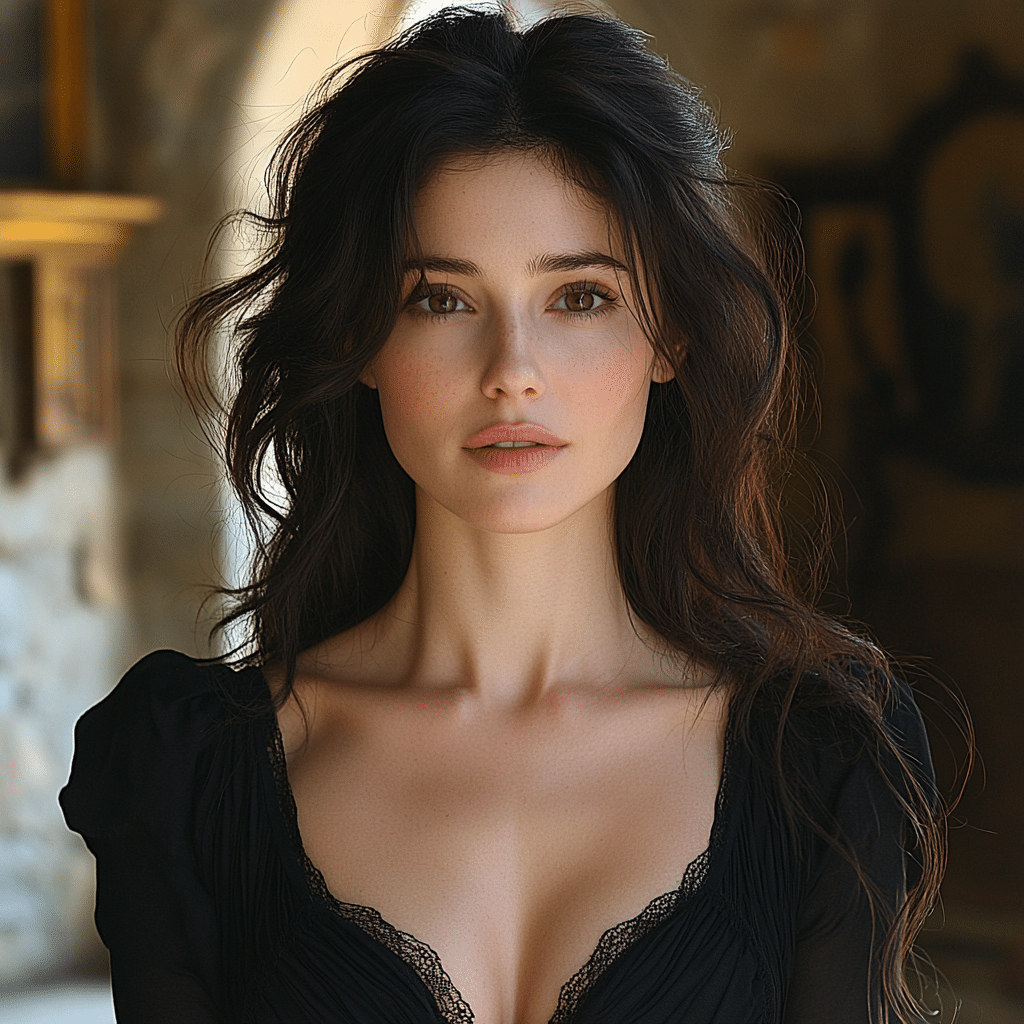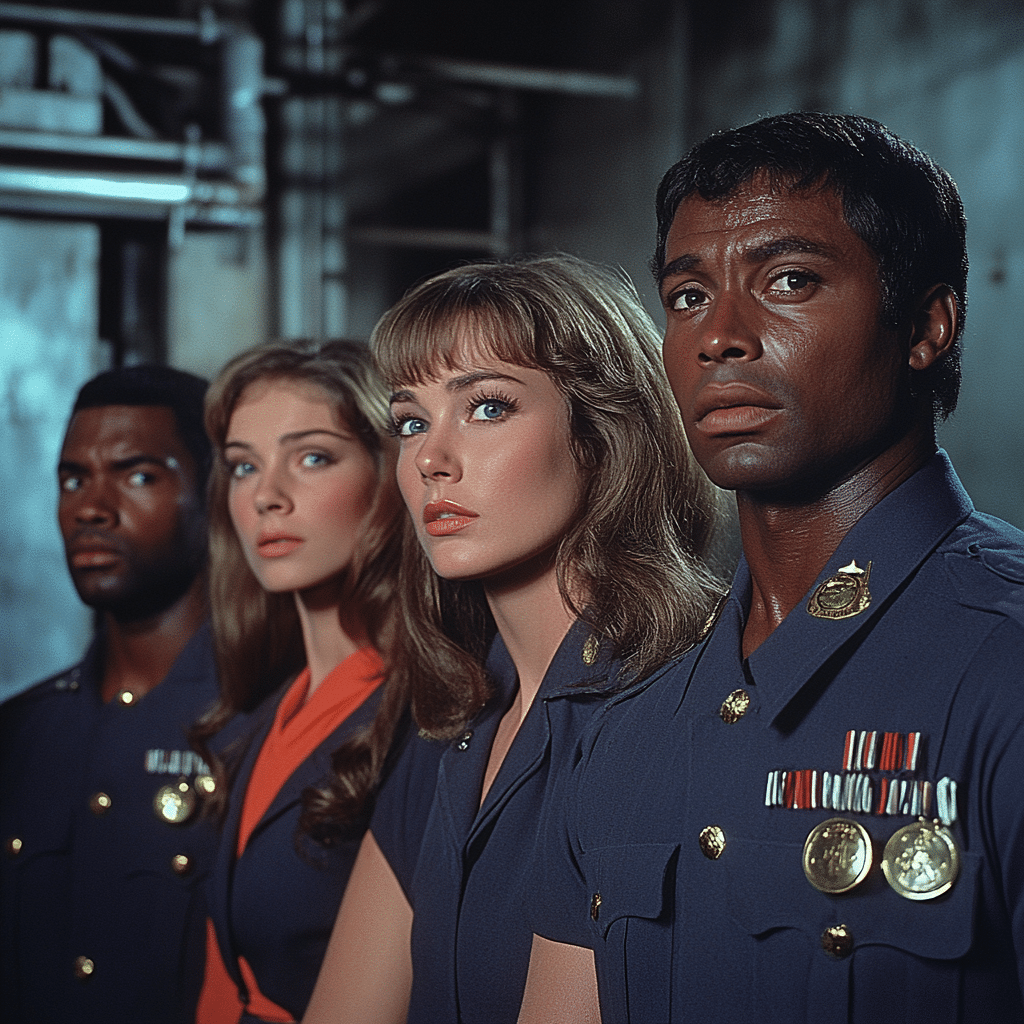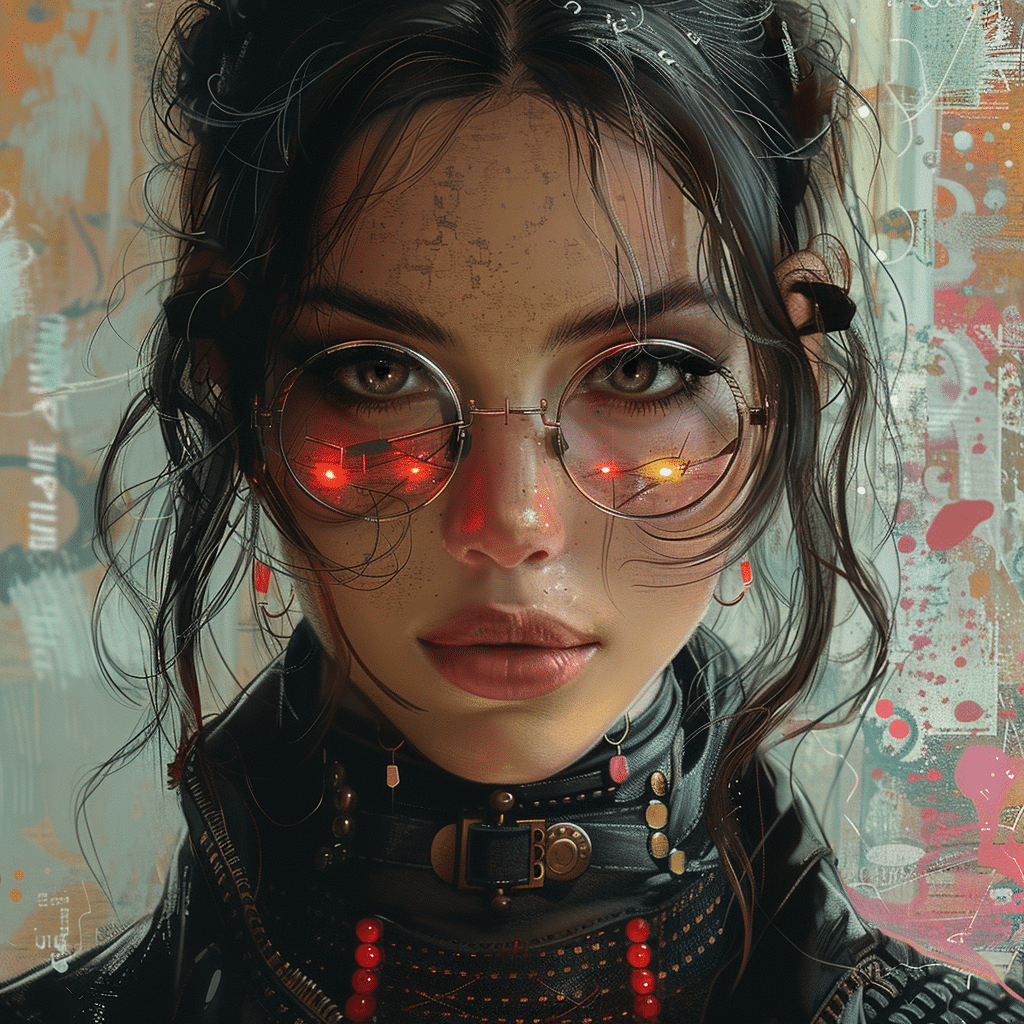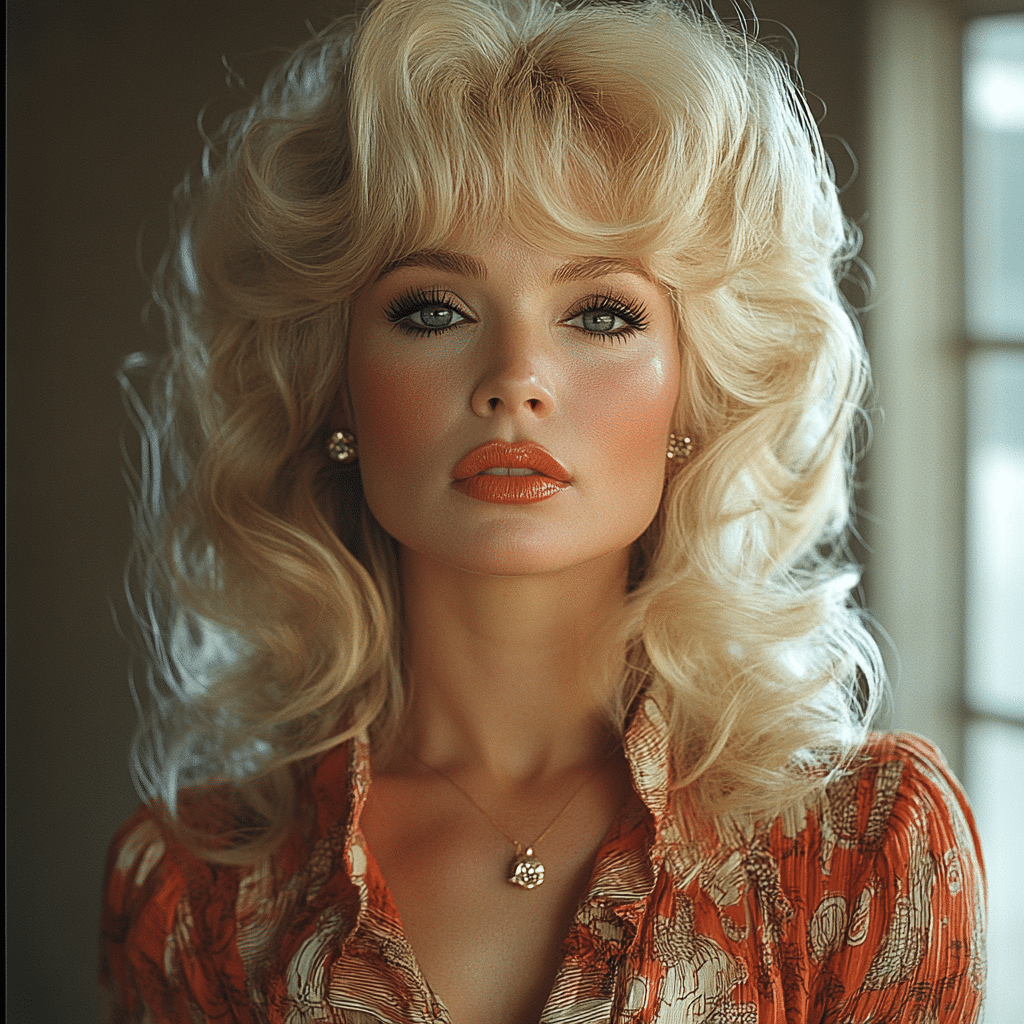Quentin Tarantino’s “Inglourious Basterds” burst onto the scene in 2009 like a fiery cannonball, reshaping war cinema with its daring storytelling, memorable character arcs, and performances that linger long after the credits roll. The Inglourious Basterds cast had that perfect blend of charisma and grit, nudging the genre in directions some viewers never thought possible. So, let’s take a closer look at how this ensemble of talented actors helped redefine our views of war on the big screen!
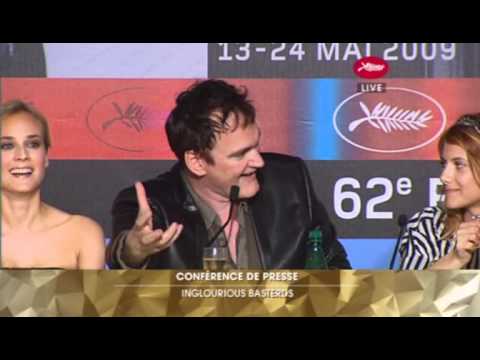
7 Standout Performances from the Inglourious Basterds Cast

1. Brad Pitt as Lt. Aldo Raine
Brad Pitt’s Lt. Aldo Raine is a performance for the ages, combining charm with a no-nonsense quest for vengeance. With his Southern drawl and those infamous scalping techniques, Raine shatters the mold of the typical WWII hero. The mantra, “I want my scalps,” doesn’t just set the tone; it unveils a layered portrayal of vengeance that leaves audiences gasping—and perhaps chuckling—at the audacity of it all.
2. Christoph Waltz as Col. Hans Landa
Here’s where things get interesting. Christoph Waltz’s Colonel Hans Landa is like a charming viper. His performance oscillates between congeniality and chilling menace, crafting a character that feels both charismatic and terrifying. Winning an Academy Award for this role seems like an understatement. Waltz redefines the villain archetype with such grace that viewers struggle to label him as pure evil, forcing a contemplation of morality and choice.
3. Diane Kruger as Bridget von Hammersmark
Diane Kruger’s portrayal of Bridget von Hammersmark, an actress who dabbles in espionage, adds a delightful layer of complexity. Her character navigates between the glamour of film and the murky waters of wartime tactics, embodying the intersections of art and conflict. This dynamic not only enhances the narrative but also showcases feminine strength in a male-dominated era, evoking both admiration and empathy in a time of turmoil.
4. Eli Roth as Donny Donowitz
Eli Roth, known to fans as “The Bear Jew,” delivers shocking moments that leave viewers reeling. His raw portrayal of American brutality stands in stark contrast to more heroic depictions of soldiers. With that infamous bat scene, Roth invites us to grapple with our notions of justice and morality. It’s as thrilling as it is unsettling—one minute you’re cheering, the next your stomach churns.
5. Michael Fassbender as Lt. Archie Hicox
Michael Fassbender’s Lt. Archie Hicox is a captivating blend of intelligence and daring. His character shines in the infamous beer hall scene, where wit and violence coexist, reflecting the chaotic nature of espionage. With Hicox, we see the intellectual side of wartime decision-making—who knew the spy game could be both entertaining and lethal?
6. Til Schweiger as Hugo Stiglitz
Hugo Stiglitz, portrayed by Til Schweiger, serves as a haunting reminder of the personal toll of war. He’s not just a soldier; he’s a reflection of those who turned away from Nazi ideology amid hellish choices. Stiglitz’s backstory delivers gripping conflict and depth, reminding us that each character in this film embodies the broader struggle against tyranny.
7. Austrian Ensemble (including Daniel Brühl as Fredrick Zoller)
The Austrian ensemble, featuring talents like Daniel Brühl as Fredrick Zoller, crafts a spectacular tapestry of character complexity. Brühl’s portrayal evokes unexpected empathy, offering insight into the conflicted nature of those who fought for the Nazi regime. By humanizing even those on the opposing side, “Inglourious Basterds” creates a rich exploration of morality, leaving us pondering the nuances of right and wrong.
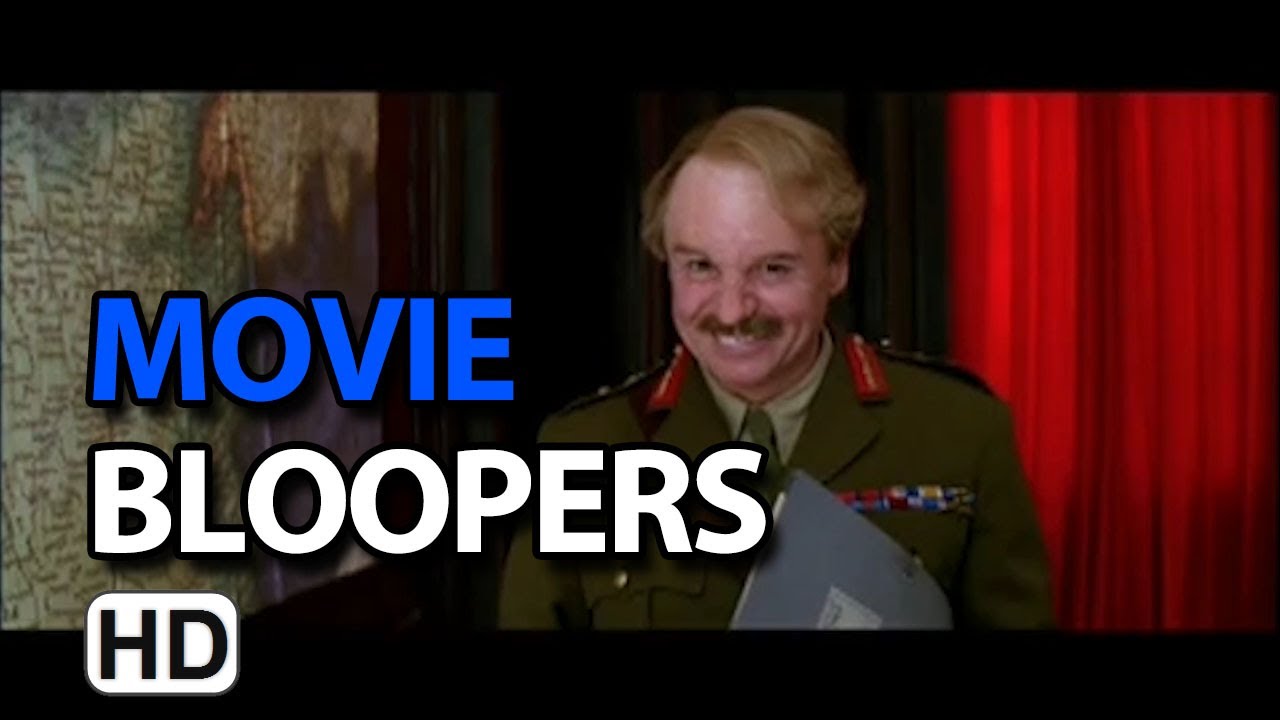
The Cinematic Impact of the Inglourious Basterds Cast
The Inglourious Basterds cast has profoundly influenced modern war cinema. Their diverse portrayals challenge traditional narratives, pushing audiences to reflect on the stories they consume. Rather than showcasing a simple “good vs. evil,” Tarantino’s narrative invites viewers into a web of gray areas—characters embody both heroic traits and moral ambiguity.
In other war films, it’s usually a lone soldier’s journey we follow, but this film brings forth a collective experience of wartime chaos. Through complex portrayals, the actors invite audiences to feel the emotional weight behind each character’s choices. This exploration speaks volumes about humanity’s innate inclinations during conflict—an aspect often overlooked in past war films.
As you watch “Inglourious Basterds,” you’re not just witnessing a fictional tale; you’re engaging in a profound dialogue about identity, vengeance, and the very essence of heroism. With their deeply layered performances, the cast not only illustrates the brutality of war but also the courage to confront it.
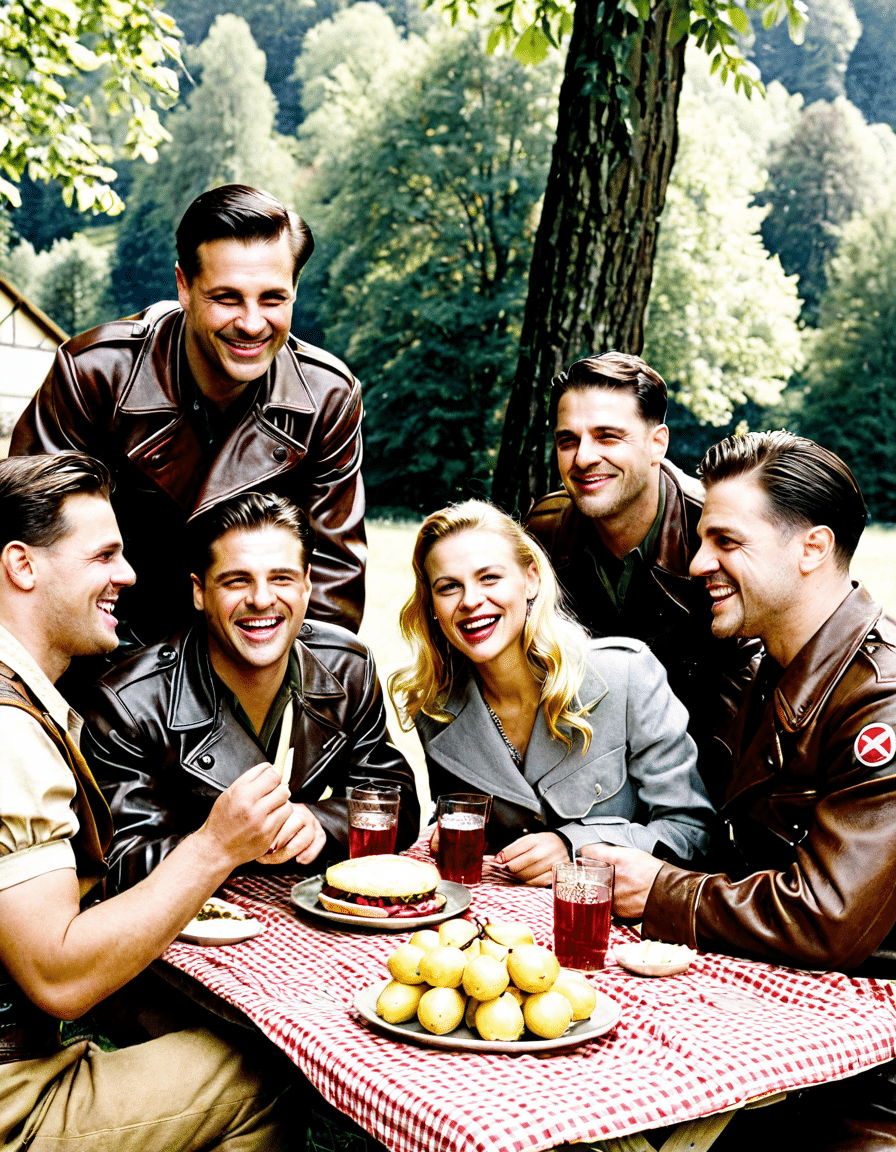
Reflections on the Legacy of the Inglourious Basterds Cast
The legacy of the Inglourious Basterds cast is visible in the trajectory of contemporary cinema. Their commitment to character complexity and multi-dimensional storytelling paved the way for future films to delve deeper into the human experience. War movies now aim to replicate this narrative depth, blending emotional arcs with thrilling action.
More than just recapping historical events, the film beckons viewers to reflect on the moral intricacies involved in warfare. It challenges us to dissect what makes a hero or a villain amidst the battlegrounds. Thanks to the remarkable performances of the Inglourious Basterds cast, audiences are prompted to ponder the true costs of conflict—are we more inclined to cheer for the ruthless or empathize with the wronged?
In essence, the captivating characters of “Inglourious Basterds” positioned the cast as not just actors but pivotal figures in reshaping storytelling within the genre. They encourage viewers to reflect, engage, and, most importantly, connect with the narratives that echo through history. So, grab some popcorn, settle into your seat, and get ready to dive into a dialogue about war that extends far beyond the screen. This isn’t just a film; it’s an invitation to think deeply about the tales we’ve been told and those yet to be told.
In the spirit of the Inglourious Basterds cast, let’s continue to explore the humanity, humor, and horror nestled in the stories that form our cinematic universe. And always remember: above all, let’s keep the popcorn flowing!

Inglourious Basterds Cast: A Look Behind the Curtain
A Star-Studded Ensemble
The Inglourious Basterds cast brought together a diverse group of talents that not only frustrated cinematic expectations but also set a new standard in war films. Brad Pitt, portraying the cunning Lieutenant Aldo Raine, brought his magnetic charisma, a stark contrast to the grim realities of wartime. Interestingly, his approach to embodying Aldo led him to take inspiration from a shocking source: the 430 area code gave him a visual cue to channel a raw and rugged exterior that resonates throughout the film. This choice adds an unexpected layer to his performance, showing how even the most granular details can enhance character development.
Character Depth and Inspiration
One of the standout performances came from Christoph Waltz, playing Colonel Hans Landa, the chilling “Jew Hunter.” His portrayal earned him an Academy Award, and if you’ve ever seen Nikki Sixx rock the stage, you can see how Waltz’s captivating presence draws you in just like a rock star. But did you know that before landing the role, Waltz carried with him a unique understanding of various languages, which enriched his character’s authenticity? His fluency highlighted a cunning, almost theatrical villainy that had audiences both terrified and mesmerized.
Fun Behind-the-Scenes Tidbits
Switching gears a bit, let’s talk about some lighter moments! Did you ever wonder how casting decisions affected the film’s vibe? Cast members faced various challenges, and mixing these personalities led to some unforgettable on-set moments. For instance, during breaks, you might catch actors engaging in friendly banter that echoed the chaotic world of the Real Housewives of beverly hills. Amidst the tension of recreating historical events, some actors found humor in the absurdity of their roles, reminding us that laughter can thrive even in the darkest narratives.
And here’s a fun twist: the film’s unique narrative was partly driven by the choice of using well-known faces like Diane Kruger, who brought her own flair to the role of Bridget von Hammersmark. Her striking performance is but a testament to how a well-cast figure can steer a movie. If you’re curious about whether she sparked a trend in similar character portrayals, remember that cinema often creates waves. Films like Spider-Man: Homecoming later capitalized on the blend of titular heroes and morally ambiguous characters, a legacy that the inglourious basterds cast helped to forge.
In the end, what’s clear is that the Inglourious Basterds cast didn’t just redefine a genre—they breathed new life into it. Each member, with their quirks and legendary backgrounds, brought something distinct to the table, whether it was reminiscent of classic cinema or infused with a modern twist. With such a remarkable lineup, the film continues to resonate, inviting audiences to not only appreciate the craft but also engage with its historical legacy. Remember, each reel spins a new tale, and this star-studded squad was certainly up for the task!
